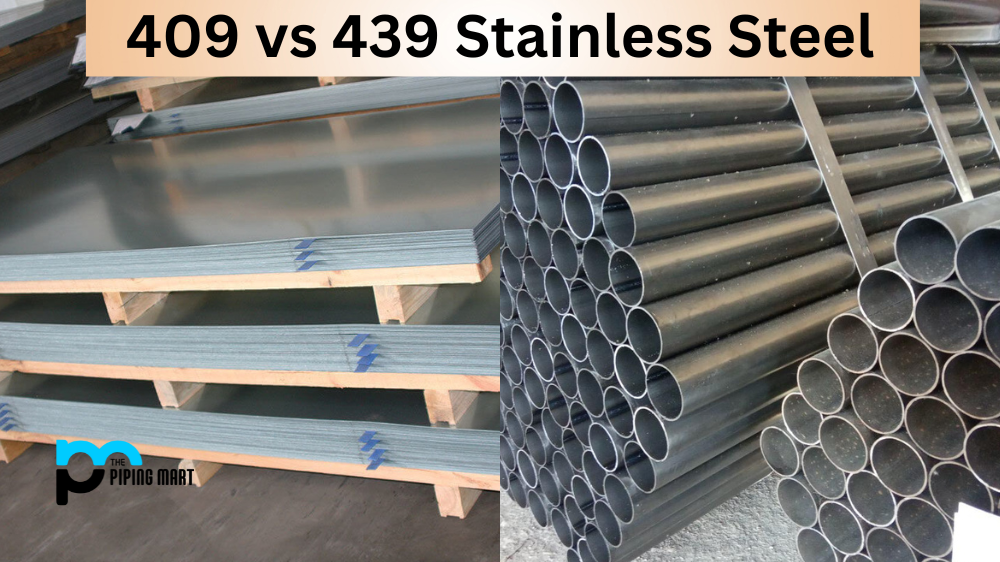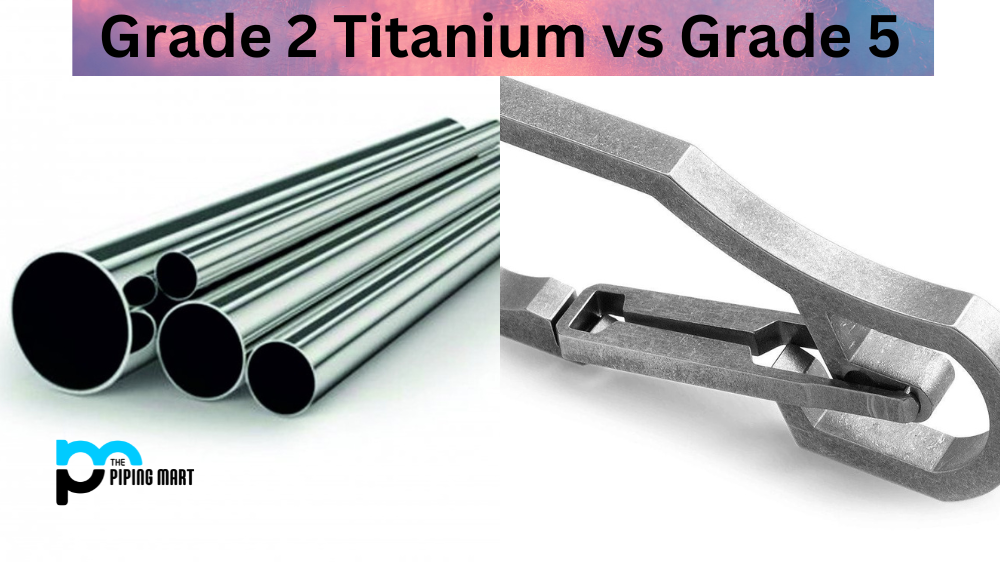Stainless steel is a popular choice for many industrial and consumer applications because of its durability, corrosion resistance, and strength. Of the many types of stainless steel alloys, two popular varieties are 304L and 316L. This blog post will compare these two alloys based on their strength, so you can decide which type is best for your application.
304L Stainless Steel
304L stainless steel has a low carbon content, making it highly resistant to corrosion and oxidation. It also has excellent weldability, ductility, and formability qualities that make it ideal for welding and forming into various shapes. Additionally, its mechanical properties make it very strong yet lightweight. When exposed to temperatures above 800°C (1472°F), 304L will become sensitized, meaning that its chromium carbide precipitates on the grain boundaries and causes an increase in intergranular corrosion. However, this can easily be prevented by introducing stabilization elements such as titanium or niobium into the alloy.
316L Stainless Steel
316L stainless steel is an extra-low carbon version of the 316 alloys. Like 304L, it is highly formable and weldable, making it suitable for various general-purpose applications. It has higher levels of molybdenum than other types of stainless steel, giving it much better corrosion resistance and increased strength at elevated temperatures than other grades. Its yield strength ranges from 200 MPa (mild-carbon) to 480 MPa (high-carbon). Additionally, it has good fatigue resistance when subjected to cyclic loading conditions.
Difference Between 304L and 316L Stainless Steel
Chemical Composition
One of the main difference between 304L and 316L stainless steel is the chemical composition. 304L stainless steel contains lower carbon content than 316L stainless steel. This means that 304L stainless steel is less likely to corrode than 316L stainless steel.
Mechanical Properties
Another difference between 304L and 316L stainless steel is the mechanical properties. 304L stainless steel is more ductile and can be easily formed, while 316L stainless steel is more rigid. Additionally, 304L stainless steel has a lower yield strength than 316L stainless steel, meaning it can withstand less force before becoming deformed.
Corrosion Resistance
Due to the differences in chemical composition, 304L and 316L stainless steel have different levels of corrosion resistance. 304L stainless steel is more resistant to corrosion than 316L stainless steel. This means that it can withstand exposure to more corrosive environments without being damaged.
Temperature Resistance
304L and 316L stainless steel also have different temperature resistances. 304L stainless steel can withstand higher temperatures than 316L stainless steel before becoming deformed. This makes it ideal for use in high-temperature applications such as boiler tubing.
Cost
Another difference between 304L and 316L stainless steel is the cost. 304L stainless steel is typically cheaper than 316L stainless steel due to the lower carbon content and lower production costs.
Conclusion:
Both 304L and 316L stainless steel alloys are powerful materials with excellent mechanical properties that make them suitable for various industrial applications. The main difference between these two alloys is that 316L offers greater corrosion resistance due to its higher molybdenum content and higher yield strength at elevated temperatures. When deciding which grade you should use for your application, consider both the environment your product will be exposed to and the amount of stress it will be under to determine which material will provide the best performance over time. No matter what type you choose, rest assured that 304L and 316L stainless steel alloys offer superior durability and strength compared to other metals used in industrial applications today.

A passionate metal industry expert and blogger. With over 5 years of experience in the field, Palak brings a wealth of knowledge and insight to her writing. Whether discussing the latest trends in the metal industry or sharing tips, she is dedicated to helping others succeed in the metal industry.




